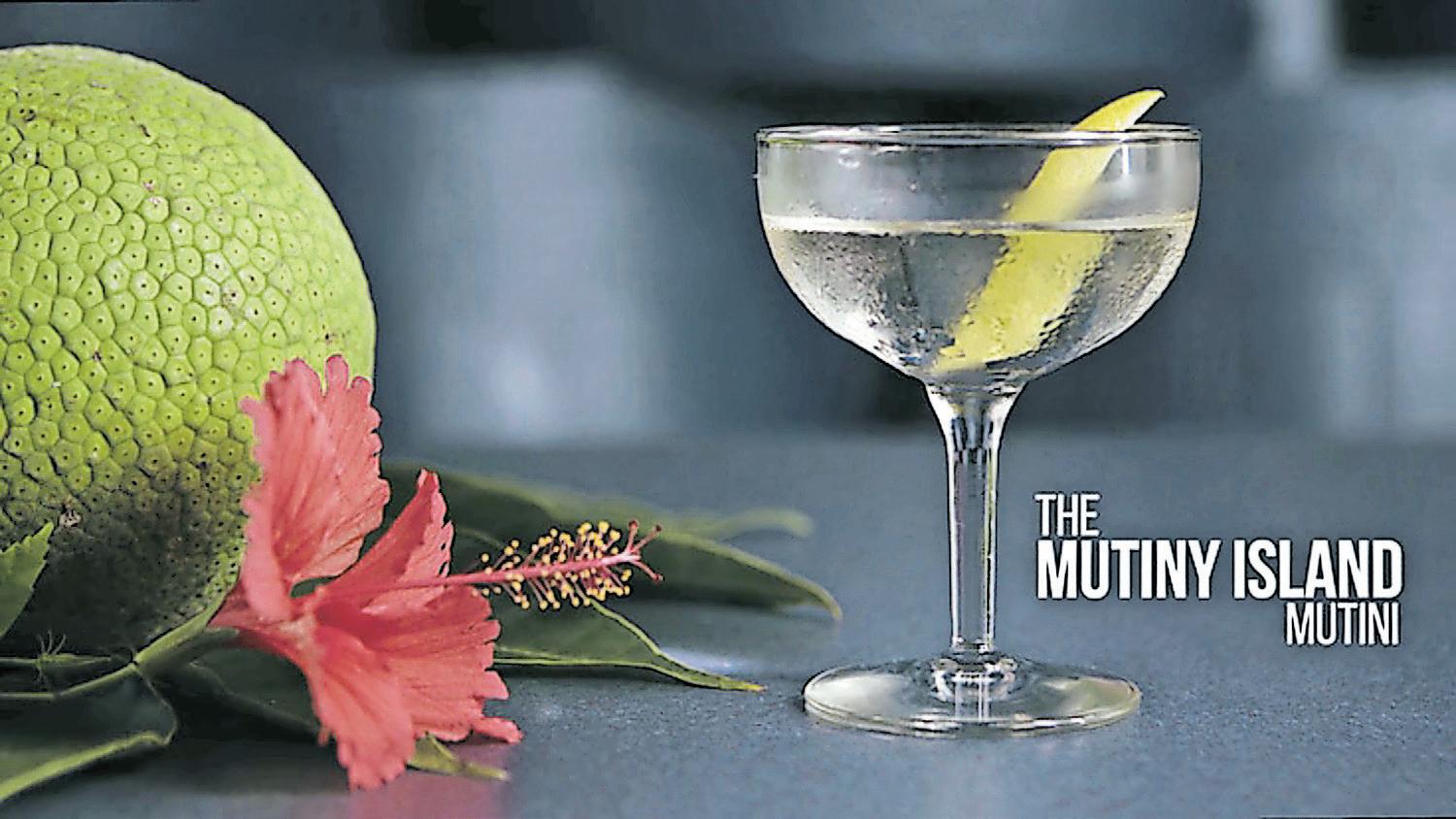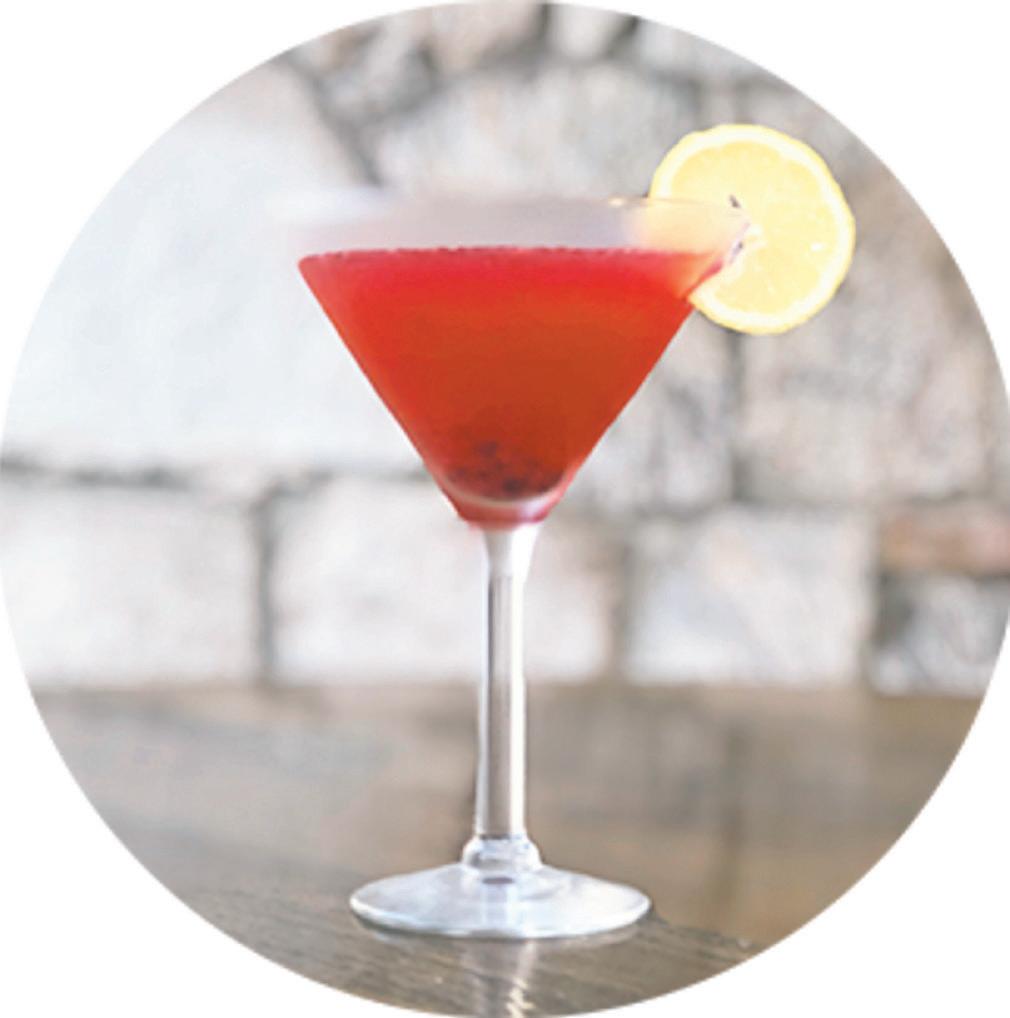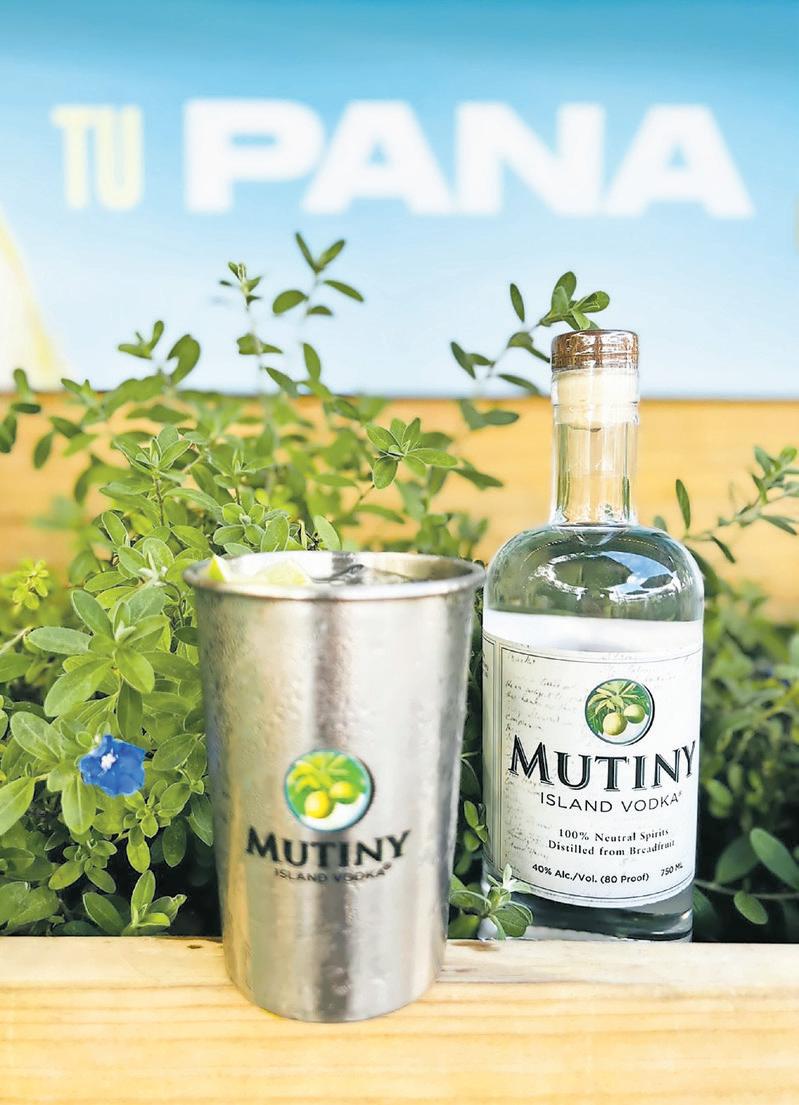
9 minute read
enVironment and community mark Film FestiVal
Latin American Filmmakers Convene for Documentary Film Event
An undercurrent of environmental justice and community runs throughout
Advertisement
Zoe Landi Fontana, The Weekly Journal
The eighth edition of the documentary film screening event Latinoamérica en Nosotrxs will be in Puerto Rico for three days of film, discussion, and presentations. The program runs from May 5 - 7 and will take place at the Archivo General of
Puerto Rico. After two years of anticipation and delay caused by the pandemic, the show returns in person and is expected to draw an excited audience. “In its eighth edition, the show continues to be an important platform for local filmmakers to present themselves and share their projects. That’s why coming back in person was vital. [These] are three nights where the public is invited to [get to know] and enjoy the documentary films that are made in Latin
America and Puerto Rico,” said Raúl Abner Samrah, general coordinator of the event. This year, Latinoamérica en Nosotrxs is dedicated to Eduardo Aguiar, the illustrious Puerto Rican documentarian. For almost 30 years, Aguiar has produced and directed films and videos in diverse genres such as drama, commercials, and music, although he mainly works in documentary film-making. On Thursday, May 5, the event will open with a showing of “Retrospective: An Homage to Eduardo
Aguiar”.
Filmmakers In The Latin American Space
The exhibition serves as a space to project and disseminate the work of colleagues from all reaches of Latin America, as well as those from the Puerto Rico Association of Documentarians (AdocPR). Environmental justice and the concept of community feature widely in this eighth edition of the event. “The 8th Latin American Documentary Film Show en Nosotrxs, becomes the voice of communities marginalized by corruption and social inequality, giving the opportunity to tell of the conditions we live in today, where the threats of climate change, high-energy costs, the pandemic, corruption, gentrification, femicides, and hate crimes are the order of the day continuously,” expressed Rhett Lee García Figueroa, President of AdocPR. The space, which promotes documentary
In fact,
Latinoamérica en Nosotrxs is set to run from May 5 - 7.
cinema in all its forms, has presented 57 Puerto Rican and Latin American documentaries to the The programming of these public in its years of action. This year’s event will show full-length feature films - including ones from national and Latin American Mexico, Venezuela, Chile, and Argentina - and short documentary films by Puerto Rican filmmakers films tells the story of where selected through the annual call. our reality surpasses fiction. “The programming of these national and Latin American films tells the story of where our reality surpasses fiction. We, as Puerto Ricans, Latin Americans, and citizens of the world, must open the discussion and educate present and future generations about what happened in our time in history”, Figueroa emphasized. The event is free and open to the public, both in-person and online. AdocPR, with the support of the Institute of Puerto Rican Culture (ICP), the Sundance Institute, National Endowment for the Humanities, Puerto Rican Foundation for the Humanities, and Óptica Fiber provided funding and support for this celebratory event.
Rhett Lee García Figueroa President, AdocPR
Greyhound racing nearing its end in the U.S.
Scott Mcfetridge – The Associated Press
DUBUQUE, Iowa (AP) — Vera Rasnake laughed as she led a trio of barking, jostling dogs into the Iowa Greyhound Park, but her smile faded when she acknowledged that after 41 years of being around the sleek animals, her sport was teetering on extinction.
After the end of a truncated season in Dubuque in May, the track here will close. By the end of the year, there will only be two tracks left in the country.
“It’s very hard for me to see this,” Rasnake said.
It’s been a long slide for greyhound racing, which reached its peak in the 1980s, when there were more than 50 tracks across 19 states. Since then, increased concerns about how the dogs are treated along with an explosion of gambling options have nearly killed a sport that gained widespread appeal about a century ago.
A racing association found that betting on greyhounds plunged from $3.5 billion in 1991 to about $500 million in 2014. Since then, many more tracks have closed.
In some states like the dog-racing mecca of Florida in 2021, it was voter initiatives that ended the sport at the state’s dozen tracks. In others like Iowa, state officials allowed casinos to end subsidies that had kept greyhound racing alive as interest declined.
“Do I think the industry is dying? Yes,” said Gwyneth Anne Thayer, who has written a history of greyhound racing. But “it’s happening way faster than I thought it would.”
The Dubuque track closure and the end of racing in West Memphis, Arkansas, this December will leave racing only in West Virginia, where tracks in Wheeling and near Charleston operate with subsidies from casino revenue.
For some animal welfare groups, the industry’s collapse is the culmination of decades of work to publicize allegations of greyhound mistreatment. The group GREY2K was formed in 2001 and Carey Theil, the organization’s executive director, said he feels a sense of accomplishment now that the sport’s end seems within reach.
“This has become one of the signature animal welfare debates of our time,” Theil said. GREY2K, the Humane Society and other groups have long argued that greyhound racing was cruel, including its longtime practice of killing dogs that weren’t deemed top racers, using drugs to enhance their performance, confining them for long periods and subjecting animals to the risk of injury on the racetrack. Industry supporters note there now is a huge demand to adopt retired racers and deny that the other problems are widespread. They also contend that some don’t understand the love greyhounds have for running.
On opening day at the Iowa Greyhound Park in Dubuque, spectators packed into a spacious room that overlooked the track, sipping beers and mixed
drinks as they pored over racing statistics before placing bets at kiosks or with attendants. They expressed disappointment that the track would This has become one of the close, lamenting the loss of an entertainment option in Dubuque, a city of about 60,000 known signature animal welfare debates for its stately brick buildings and church steeples built on hills overlooking the Mississippi River. of our time. Peggy Janiszewski and her friend Robin Hannan Carey Theil Executive Director, GREY2K have for years been driving about three hours from the Chicago area to Dubuque to watch the racing. They typically bet only a few dollars on each race, but are more interested in watching the dogs than counting their winnings. “They’re beautiful. Like works of art,” Janiszewski said. Opening day this year drew at least 1,000 people, but smaller crowds are typical, especially on weeknights. The Dubuque track was helped along by city
In fact, and state funding, and after Iowa and other states began allowing casinos, the Dubuque operation was expanded to include its own casino. Industry supporters note there now is a huge demand to adopt retired racers and deny that the other problems are widespread. Greyhound racing also is held in other countries, including Australia, Great Britain, Ireland, Mexico and Vietnam, but it is facing some of the same problems apparent in the U.S. Although greyhound racing in the U.S. will be confined only to West Virginia, that state seems intent on retaining the sport, said Steve Sarras, president of the West Virginia Kennel Owners Association. The state’s two tracks run races fivedays a week year-round. Sarras said West Virginia legislators made repeated visits to his kennel and others to inspect conditions, and ultimately were confident the dogs are well treated. “When you see it firsthand, you cannot fake how happy a dog is,” he said.

Painkiller Mutiny mutini


Vodka: a surprising new use for breadfruit
A distilled spirit is the latest iteration of the noble “pana”
Juan A. Hernández, The Weekly Journal
Contrary to popular belief, the breadfruit, our “panapén,” or “pana,” for short, is not native to Puerto Rico, or even the Caribbean. It might come as a surprise, but the breadfruit is indigenous to Indonesia, New
Guinea and several other Pacific islands.
Now, for us Puerto Ricans, “panas” are almost an everyday thing and go well with just about anything and everything, be it cod fish (“bacalao”), beef stew, or steak. But, for all the many uses and presentations we have for breadfruit – and they are many – never could I ever imagine it could be used as the basis for a distilled spirit.
Imagine my surprise when I learned of the latest iteration of the noble “pana”: vodka. And not just about any kind of vodka because its makers identify it as “premium vodka.”
Mutiny Island Vodka is the creation of award-winning chef Todd Manley, who became fascinated with the fruit’s richness and versatility after arriving to St. Croix, in the U.S. Virgin Islands. Decided to test the limits of his culinary imagination, the chef turned distiller, along with business associate Chris Richeson, created Island Mutiny Vodka using breadfruit and water for the new distillate.
As it could be expected, Manley’s creativity has introduced a series of twists to well-known tropical cocktails to showcase his creation, and many a barfly would be amazed at their taste.
Mutiny of the Pain Killer
2.5 oz MUTINY Island Vodka 1 oz pineapple juice 1 oz orange juice 1 oz Coco Lopez (or fresh coconut milk) Freshly grated nutmeg All ingredients in a shaker with ice Give it an island shake Pour into glass Grate whole nutmeg on top In Manley’s words: “Say goodbye to rum.”
Island Mule
2.5 oz MUTINY Island Vodka Juice of half of a lime 5 oz ginger beer 1/2 oz Falernum (optional) Fill a copper mug with ice Squeeze lime half into cup Toss in the spent lime wedge Add all other ingredients Briefly stir
The Mutiny Mutini
2.5 oz MUTINY Island Vodka 1/4 oz white vermouth Add fresh ice and stir well Strain and pour Garnish with a lemon twist Island Island Cosmo Cosmo 2 oz MUTINY Island Vodka 1/2 oz simple syrup 1/4 oz lime juice 1 oz strong brewed hibiscus tea Orange twist Add all ingredients to a shaker Fill with ice and shake vigorously Strain into chilled martini glass Garnish with the orange twist





